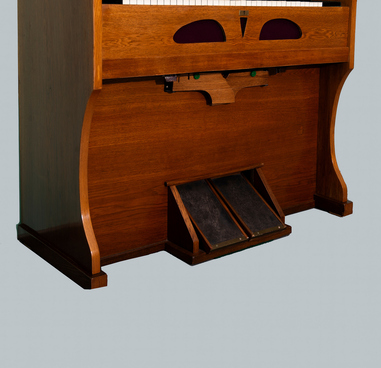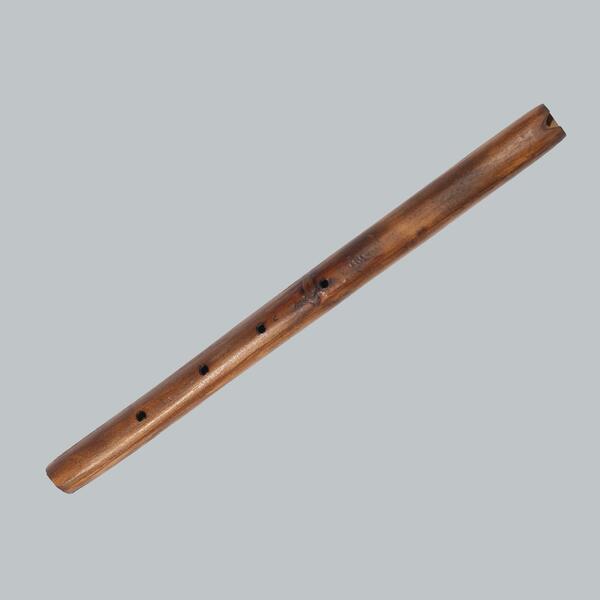Bolat Sarybaev (1927–1984), a music scholar and Doctor of Art History, wrote that in ancient times the Turkic-speaking population of Siberia used around sixty musical instruments. Versions of the same instruments were often found among the Altai, Tuvans, Yakuts, Khakasses, and other ethnic groups.
The yadagan (more correctly pronounced as “tyadagan”) and related instruments were used by many Turkic and Mongolian peoples. The Khakasses call it the “chatkan”, the Kazakhs — “jetigen”, the Kalmyks — “yatkh” or “yatka”, and the Mongols — “yatga”. Similar instruments existed in ancient China; moreover, the yadagan and Russian gusli have some common traits.
This plucked string instrument was used mainly as an accompaniment for epic tales. Its design resembles a gusli or a horizontal harp. In his 1908 article “On Asian Music of Turkic and Mongolian Tribes”, the musical ethnographer Andrey Anokhin described the “chatygan” as a narrow oblong box with one open side, six or seven strings, and no tuning pegs.
Originally, the role of pegs was performed by movable bridges made of astragali — ram’s vertebrae, known in Altai as “kazhyk”. By moving them freely under the strings, the musician set the necessary pitch (the Greek monochord was tuned in a similar way).
The metal pegs of the rebuilt instrument are located on the back side of the body and can be used for tuning the yadagan in the required key.
As a rule, the performer would sit with the instrument in their lap. They would pluck the strings with the right hand and hold the head of the yadagan with the left one, stopping unnecessary vibration and plucking the strings that were difficult to reach with the “leading” hand. When playing with both hands, the left hand was used for the bass strings, while the right hand was used for all other strings.
During the Soviet period, the rules and traditions
of yadagan playing were lost. In recent years, interest in the instrument has
begun to revive, with musicians developing their own unique techniques.



